Now in its 10th year, the national final of 2018 SciFest competition took place last week in Dublin. 10,000 students took part in regional competitions of this year's SciFest, an all-island science, technology, engineering and maths (STEM) initiative.
With 37 students selected to participate in the national final, there was tough competition on the day. Among the many diverse projects on display, agriculture, ecology and farm safety formed a key theme for a number of students.
Compensatory growth in barley and its application to irrigation in drought prone areas
Students: Miriam Kennedy and Aisling Casserly
Teacher: David Fogarty
College: St Raphael’s College, Loughrea, Co. Galway
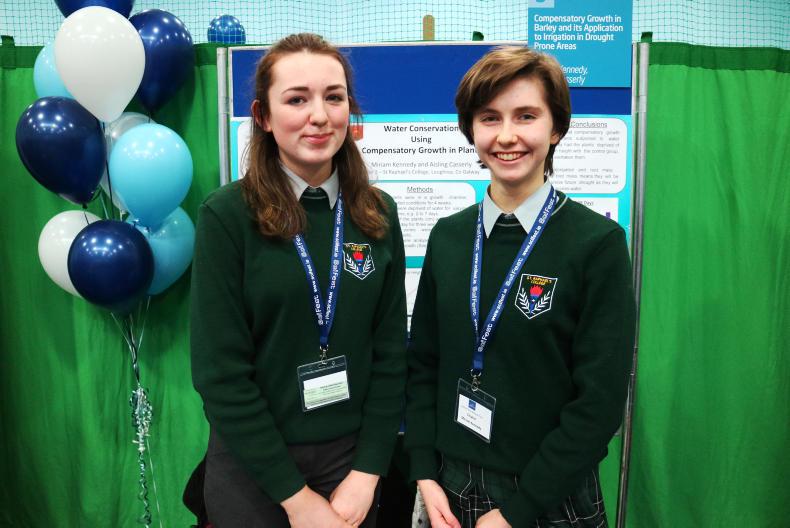
Miriam Kennedy and Aisling Casserly exploring compensatory growth in barley.
This project will stick a cord with many tillage farmers this year as, for the first time in many years, most areas experienced a prolonged period of drought which effected plant growth.
The aim of this project was to explore the effect of compensatory growth in plants. Compensatory growth refers to the accelerated growth of an organism following a period of slow development, particularly as a result of nutrient deprivation.
The students conducted their experiments of small plots of Cassia winter barley in their school. They germinated barley plants and divided them randomly into groups, watering one control group regularly while depriving the other groups of water for varying amounts at a time.
A period of rapid growth
The girls found that the plants subjected to water deprivation initially displayed a reduction in growth, followed by an accelerated growth phase where the leaves elongated quickly and the root mass increased. The girls attributed this to a period of compensatory growth.
Sunflower pith as a packaging alternative
Students: Benjamin Velon, Eoin Cottrell, Jamie O’Callaghan
Teacher: Cian O’Mahony
College: Douglas Community School, Co.Cork
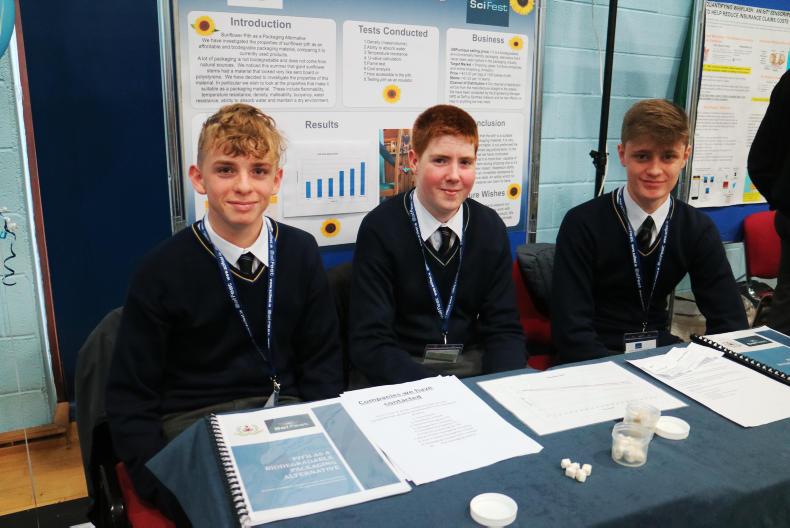
Benjamin Velon, Eoin Cottrell, Jamie O’Callaghan looking into using sunflower pith as a packaging alternative.
This project centres on investigating the properties of sunflower pith as an affordable and biodegradable packaging alternative. During the summer, the students realised that the pith of giant sunflower stems looked very like aero board or polystyrene. The students decided to look at the properties of the material.
Tests conducted:
1. Density2. Ability to absorb water
3. Temperature resistance
4. U-value calculation
5. Flame test
6. Cost analysis
7. How accessible is the pith
8. Testing pith as an insulator
Conclusions
The team concluded that the pith is a suitable candidate as a packaging material. It is damage resistant and is non-flammable. It out-preformed the other packaging materials in the various tests that were conducted. The piths performed well in the flame temperature test. The material is also biodegradable and is environmentally friendly. The team estimate that a bag of 1000 pieces will cost approximately €13.00
Quad Universal Alarm Device (QUAD)
Students: Liam Black and Cathal Mc Donnell
Teacher: Sean Connolly
College: St Killian’s College, Carnlough, Co.Antrim
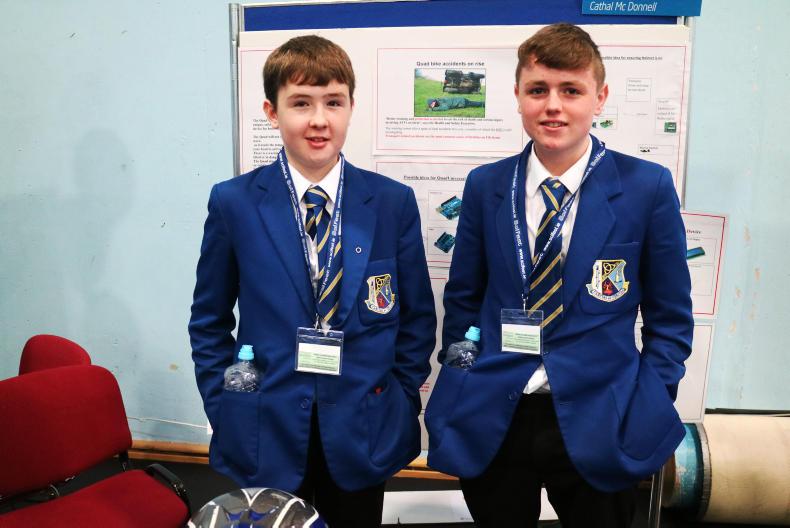
Liam Black and Cathal Mc Donnell have developed the Quad Universal Alarm Device.
When talking to Liam and Cathal on their stand, the boys explained how recent research suggested that quads overturning, and helmets not being worn are the biggest causes of serious injuries on quad bike crashes. With no modern safety devices fitted to quads to ensure the helmet is worn during operation, the boys decided to take things into their own hands.
Quad Universal Alarm Device
The boys designed a device which can be fitted into quad helmet and prevents the quad from starting unless the helmet is worn. The devices uses temperature and humidity sensors which detects if the helmet is being worn.
An accelerometer will also tell if a quad is tilted at a dangerous angle and can sound alarms. The device also sends a text to a designated phone number to ask for help when an accident occurs.
Ireland's burning problem: a study of the ecological impact of Irish gorse fires
Students: Emma Kelly and Brian Conlon
Teacher: Mairead Cusack
College: Moate Community School, Co Westmeath
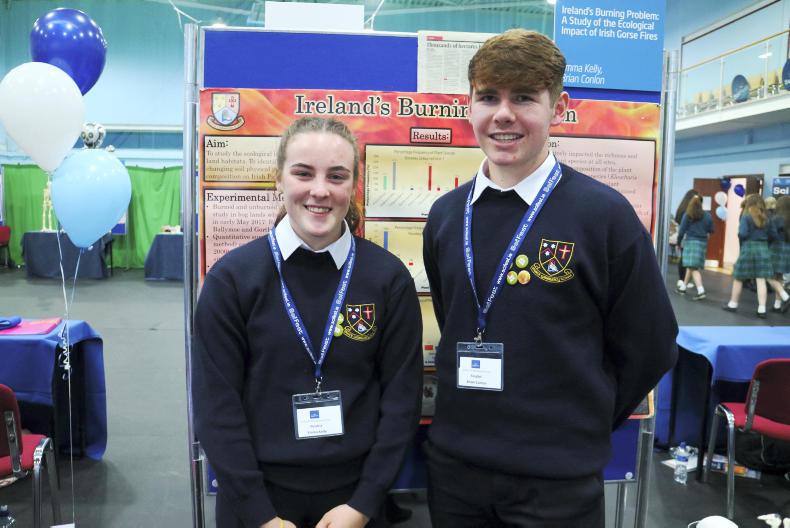
Emma Kelly and Brian Conlon conducted a study of the ecological impact of Irish gorse fires
This project aimed to identify the immediate and long-term impact of gorse fires on the abundance and biodiversity of plant and animal species on Irish peatland.
This project is particularly relevant considering the high amounts of gorse fires experienced throughout 2018, explained Brian as we visited his stand.
Significant negative effect
Through a quantitative analysis of both burnt and unburnt peatland, they found that gorse fires had a negative effect on plant biodiversity at all tested sites. Burning was found to increase the bulk density of the peat, decreasing its drainage capabilities and increasing its pH. This lead to a reduction in the abundance of Sphagnum species which play an important role in the formation of bogs and carbon sequestration.
They also found that burning altered the composition of the plant community as, rhizomatous species, and those with fire resistant spores quickly recolonised burned sites. Changes to the flowering plant community impacted the invertebrate population and a lack of pollinating insects was also observed.
The top award was presented to Adam Kelly, a fifth year pupil at Skerries Community College, for his for his source solution to simulating quantum computing project. He will now go on to represent Ireland at the Intel International Science and Engineering Fair (ISEF) in Phoenix, Arizona in 2019.
Read more
Students lead the way in farm safety innovation
Farming projects among BT Young Scientist & Technology Exhibition winners
Now in its 10th year, the national final of 2018 SciFest competition took place last week in Dublin. 10,000 students took part in regional competitions of this year's SciFest, an all-island science, technology, engineering and maths (STEM) initiative.
With 37 students selected to participate in the national final, there was tough competition on the day. Among the many diverse projects on display, agriculture, ecology and farm safety formed a key theme for a number of students.
Compensatory growth in barley and its application to irrigation in drought prone areas
Students: Miriam Kennedy and Aisling Casserly
Teacher: David Fogarty
College: St Raphael’s College, Loughrea, Co. Galway

Miriam Kennedy and Aisling Casserly exploring compensatory growth in barley.
This project will stick a cord with many tillage farmers this year as, for the first time in many years, most areas experienced a prolonged period of drought which effected plant growth.
The aim of this project was to explore the effect of compensatory growth in plants. Compensatory growth refers to the accelerated growth of an organism following a period of slow development, particularly as a result of nutrient deprivation.
The students conducted their experiments of small plots of Cassia winter barley in their school. They germinated barley plants and divided them randomly into groups, watering one control group regularly while depriving the other groups of water for varying amounts at a time.
A period of rapid growth
The girls found that the plants subjected to water deprivation initially displayed a reduction in growth, followed by an accelerated growth phase where the leaves elongated quickly and the root mass increased. The girls attributed this to a period of compensatory growth.
Sunflower pith as a packaging alternative
Students: Benjamin Velon, Eoin Cottrell, Jamie O’Callaghan
Teacher: Cian O’Mahony
College: Douglas Community School, Co.Cork

Benjamin Velon, Eoin Cottrell, Jamie O’Callaghan looking into using sunflower pith as a packaging alternative.
This project centres on investigating the properties of sunflower pith as an affordable and biodegradable packaging alternative. During the summer, the students realised that the pith of giant sunflower stems looked very like aero board or polystyrene. The students decided to look at the properties of the material.
Tests conducted:
1. Density2. Ability to absorb water
3. Temperature resistance
4. U-value calculation
5. Flame test
6. Cost analysis
7. How accessible is the pith
8. Testing pith as an insulator
Conclusions
The team concluded that the pith is a suitable candidate as a packaging material. It is damage resistant and is non-flammable. It out-preformed the other packaging materials in the various tests that were conducted. The piths performed well in the flame temperature test. The material is also biodegradable and is environmentally friendly. The team estimate that a bag of 1000 pieces will cost approximately €13.00
Quad Universal Alarm Device (QUAD)
Students: Liam Black and Cathal Mc Donnell
Teacher: Sean Connolly
College: St Killian’s College, Carnlough, Co.Antrim

Liam Black and Cathal Mc Donnell have developed the Quad Universal Alarm Device.
When talking to Liam and Cathal on their stand, the boys explained how recent research suggested that quads overturning, and helmets not being worn are the biggest causes of serious injuries on quad bike crashes. With no modern safety devices fitted to quads to ensure the helmet is worn during operation, the boys decided to take things into their own hands.
Quad Universal Alarm Device
The boys designed a device which can be fitted into quad helmet and prevents the quad from starting unless the helmet is worn. The devices uses temperature and humidity sensors which detects if the helmet is being worn.
An accelerometer will also tell if a quad is tilted at a dangerous angle and can sound alarms. The device also sends a text to a designated phone number to ask for help when an accident occurs.
Ireland's burning problem: a study of the ecological impact of Irish gorse fires
Students: Emma Kelly and Brian Conlon
Teacher: Mairead Cusack
College: Moate Community School, Co Westmeath

Emma Kelly and Brian Conlon conducted a study of the ecological impact of Irish gorse fires
This project aimed to identify the immediate and long-term impact of gorse fires on the abundance and biodiversity of plant and animal species on Irish peatland.
This project is particularly relevant considering the high amounts of gorse fires experienced throughout 2018, explained Brian as we visited his stand.
Significant negative effect
Through a quantitative analysis of both burnt and unburnt peatland, they found that gorse fires had a negative effect on plant biodiversity at all tested sites. Burning was found to increase the bulk density of the peat, decreasing its drainage capabilities and increasing its pH. This lead to a reduction in the abundance of Sphagnum species which play an important role in the formation of bogs and carbon sequestration.
They also found that burning altered the composition of the plant community as, rhizomatous species, and those with fire resistant spores quickly recolonised burned sites. Changes to the flowering plant community impacted the invertebrate population and a lack of pollinating insects was also observed.
The top award was presented to Adam Kelly, a fifth year pupil at Skerries Community College, for his for his source solution to simulating quantum computing project. He will now go on to represent Ireland at the Intel International Science and Engineering Fair (ISEF) in Phoenix, Arizona in 2019.
Read more
Students lead the way in farm safety innovation
Farming projects among BT Young Scientist & Technology Exhibition winners













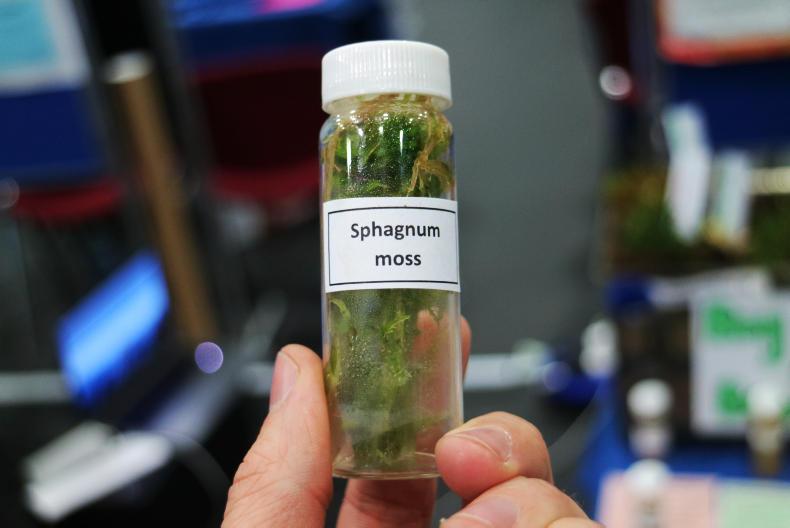


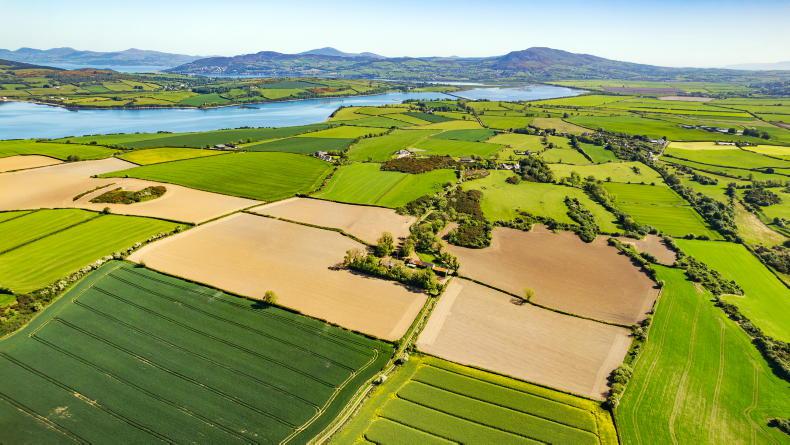


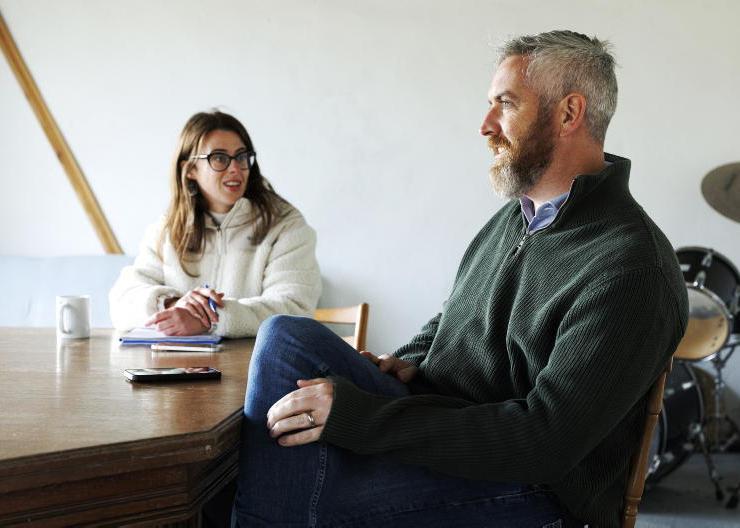
SHARING OPTIONS